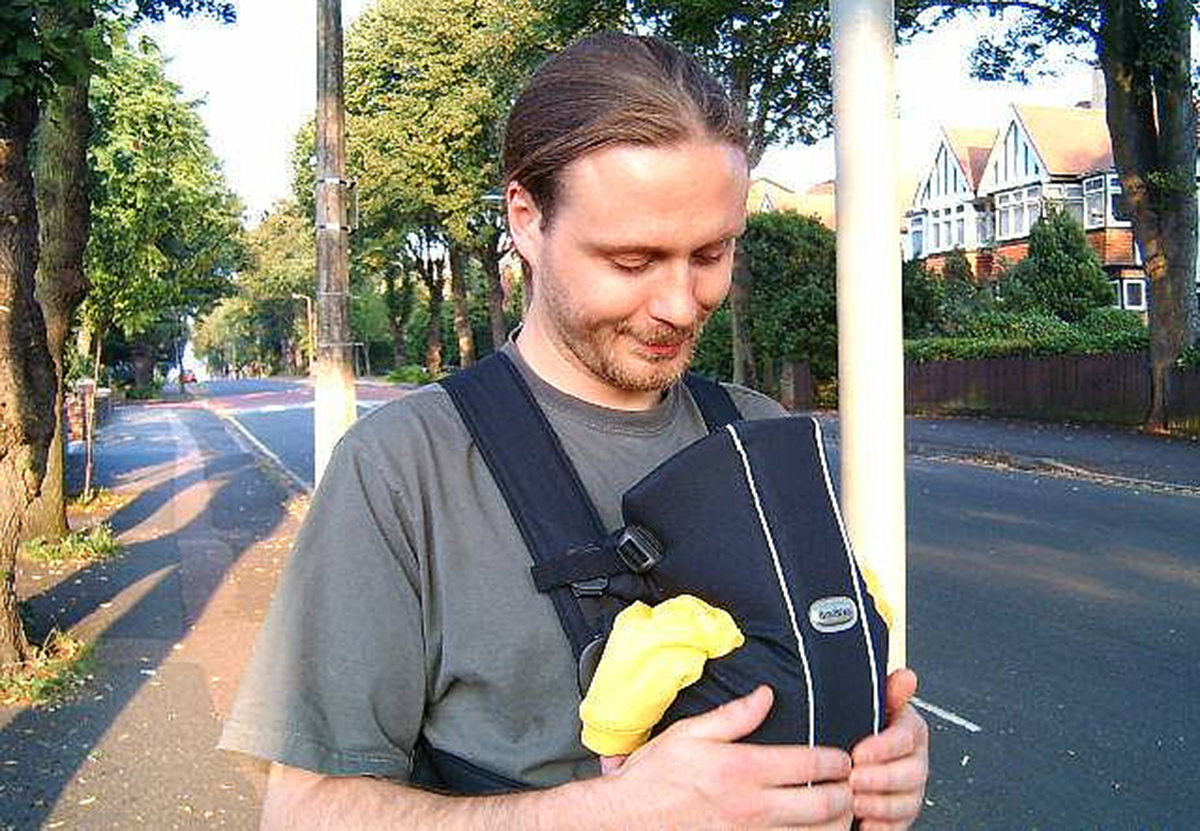Table of Contents
There is an alternative tradition of child-carrying that predates the baby carriage: actually carrying your child. Obviously carrying a baby on your hip is hard for long periods of time and it's not that wonderful for your back either. And anyone who's held a baby for any length of time knows that just carrying a child in your arms is a no-go in the long term. You can't shop like that, for instance. Something that lets the baby move, puts them in an upright position and keeps them close to you is the best choice.

One option would be a papoose. However some papooses have been criticized for forcing babies to adopt unnatural positions. Particularly of concern is the design which faces babies our away from the parent, which can be stressful. But those that offer little back support and no support for the thighs can also create problems by forcing babies to adopt an unnatural compensation pattern complete with a strong lordotic back arch rather than the spine' natural curves.
This provides constant communication between a baby and a parent, allowing for responsive care. Responsive care happens when the parent and the baby "back-and-forth" with each other, with the child a communicant rather than a recipient of communication. It means that not only is the infant not left to cry but often never starts: the reassurance of the parent's body and the constant monitoring and exchange of signals means that the parent can detect discomfort earlier and react before a problem results in real distress. Babies raised this way actually grow up more autonomous and confident than babies raised the cold, Victorian way. It's time to make the switch.
READ 6 Reasons To Feed Your Baby Homemade Baby Food
If you love what I've said, or you think I've missed something out, join the conversation in the comments below!
- Photo courtesy of Chris R McFarland: www.flickr.com/photos/kd4pwh/6284645710
- Photo courtesy of danacea: www.flickr.com/photos/danacea/494854391/


Your thoughts on this